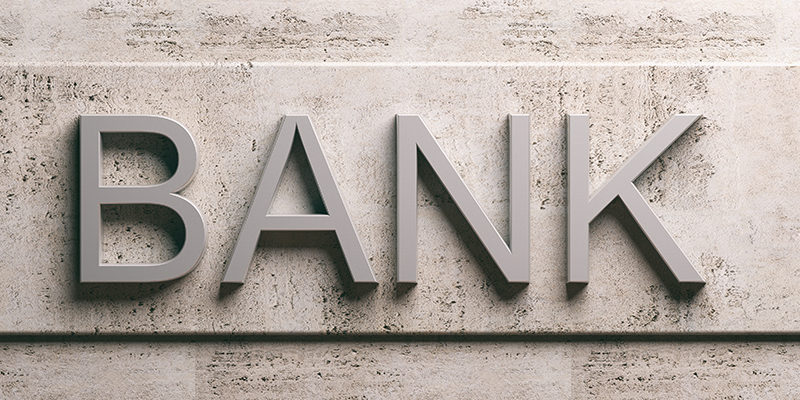The Reserve Bank of India today announced that State Bank of India, HDFC Bank, and ICICI Bank will remain as Domestic Systemically Important Banks (D-SIBs) and therefore will have to maintain additional common equity tier 1 (CET1) capital ratios in the same manner prescribed in 2020.
SIBs are considered as banks that are ‘too big to fail (TBTF)’. This perception of TBTF creates an expectation of government support for these banks in times of distress. Since they are considered as “safe” institutions, they also get some advantage in markets.
The list of D-SIBs announced is as follows:
| Bucket | Banks | Banks Additional Common Equity Tier 1 requirement as a percentage of Risk-Weighted Assets (RWAs) |
| 5 | – | 1% |
| 4 | – | 0.80% |
| 3 | SBI | 0.60% |
| 2 | – | 0.40% |
| 1 | ICICI/HDFC | 0.20% |
Based on the bucket in which a D-SIB is placed, an
Based on the bucket in which a D-SIB is placed, an additional common equity requirement has to be applied to it. For SBI, the additional CET1 requirement is maintained at 0.60% of the bank’s risk-weighted assets, while for HDFC Bank and ICICI Bank, the requirement is kept at 0.20%.
The additional CET1 requirement is in addition to the capital conservation buffer and was prescribed to strengthen these banks’ capital. The capital conservation buffer, at 2.5% of a bank’s total exposures, is in addition to the 4.5% minimum requirement for Common Equity Tier 1 capital.
The additional CET1 requirement for D-SIBs became fully effective from April 1, 2019.





